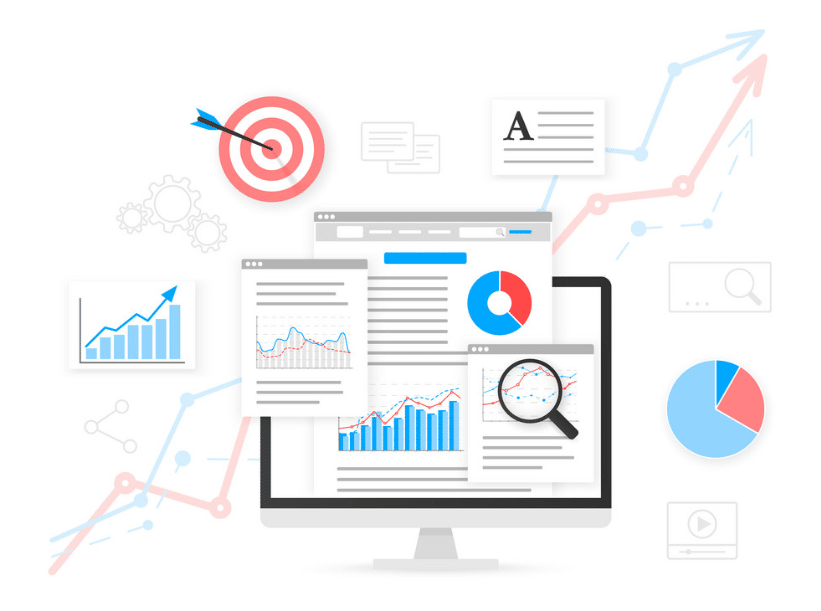Introduction
In today’s fast-paced, data-driven business landscape, organizations are inundated with vast amounts of data from diverse sources. However, without a cohesive strategy to integrate and harness this data effectively, organizations risk missing out on valuable insights and opportunities for growth. Here we will explore the importance of implementing a data integration initiative and the benefits it can bring to your organization.
Empower with full potential of your data
Data integration is the process of combining data from disparate sources to create a unified, coherent view of information across the organization. By integrating data from various systems, applications, and sources, organizations can harness the full potential of their data assets and derive actionable insights to drive business success.
Break down data silos with Data Integration
One of the key benefits of implementing a data integration initiative is the ability to break down data silos that exist within the organization. Siloed data scattered across different departments and systems hinders collaboration, inhibits data-driven decision-making, and leads to inefficiencies. Data integration enables organizations to consolidate data into a single, centralized repository, facilitating seamless data access and sharing across the organization.
You might be interested: Be Ready for the Future: How to Prepare a Data Management Strategy for Artificial Intelligence
This approach enables organizations to leverage advanced analytics techniques, such as forecasting and predictive modeling, to anticipate future trends and outcomes. By analyzing integrated data sets, decision-makers can identify patterns, correlations, and predictive indicators that inform strategic planning and decision-making. This allows organizations to proactively address potential challenges and capitalize on emerging opportunities.

Improve data accuracy and consistency
Inconsistencies, duplications, and discrepancies in data can undermine the reliability and trustworthiness of information. Data integration initiatives focus on standardizing data formats, resolving conflicts, and eliminating duplicate records, thereby improving data accuracy and consistency. By ensuring that stakeholders have access to clean, reliable data, organizations can make informed decisions and drive better business outcomes.
As part of the data integration process, organizations often perform data cleansing activities to identify and correct inaccuracies, inconsistencies, and redundancies in the data. This may include removing duplicate records, correcting spelling errors, and validating data against predefined rules or reference datasets, leading to improved data accuracy and reliability.
Consider using the right solution for data matching and harmonization.
Enhance decision-making and strategic planning
Data integration empowers organizations to make data-driven decisions and formulate informed strategies based on a comprehensive view of their data. By providing decision-makers with timely access to relevant data from across the organization, data integration initiatives enable strategic planning, performance optimization, and proactive decision-making.
Drive operational efficiency and cost savings
Efficient data integration processes streamline data workflows, reduce manual effort, and minimize data errors, leading to improved operational efficiency and cost savings. By automating data integration tasks, organizations can lower operational costs, increase productivity, and reallocate resources to higher-value activities, thereby maximizing ROI.
Support business agility and innovation
In today’s dynamic business environment, agility and innovation are critical for staying competitive. Data integration initiatives support business agility by enabling organizations to adapt quickly to changing market conditions, emerging trends, and customer demands. By providing a unified view of data, organizations can innovate faster, respond to opportunities and threats more effectively, and drive continuous improvement.
Integrated data facilitates rapid prototyping and experimentation, allowing organizations to test new ideas and innovations quickly. By accessing integrated data sets, organizations can prototype new products, services, and business models, and iterate based on feedback and insights, enabling them to innovate more effectively and bring new offerings to market faster.
Ensure compliance and data governance
Data integration initiatives play a crucial role in ensuring compliance with regulatory requirements and data governance standards. By centralizing data management processes and enforcing governance policies, organizations can mitigate risks related to data security, privacy, and regulatory compliance. Data integration also facilitates auditability and traceability, helping organizations demonstrate compliance with industry regulations and standards.
Continue reading: Setting Clear Objectives and Goals for Data Management Projects
Conclusion
In today’s data-driven world, implementing a data integration initiative is no longer a luxury but a necessity for organizations seeking to unlock the full potential of their data assets. By breaking down data silos, improving data accuracy and consistency, enhancing decision-making, driving operational efficiency, supporting agility and innovation, and ensuring compliance and governance, data integration initiatives enable organizations to thrive in an increasingly competitive landscape. Embrace the power of data integration and unleash the full potential of your organization’s data assets today.
